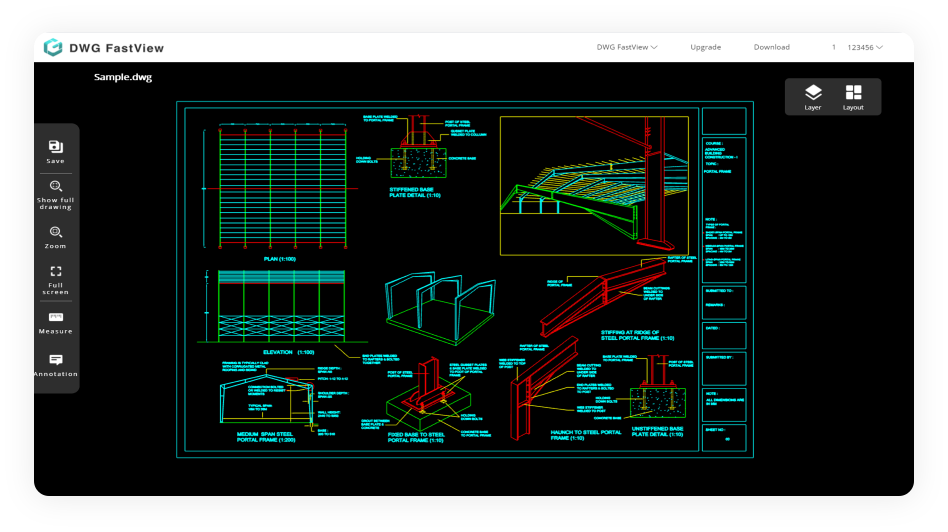Understanding CAD Files
A CAD file is a digital file format of an object generated using CAD (Computer-Aided Design) software. It contains a blueprint, technical drawing, schematic, or 3D rendering of an object. These files are generated by CAD software programs, which can be used to create models or architecture plans.To get more news about what is a cad file, you can visit shine news official website.
Types of CAD Files
CAD files can primarily be classified into two categories: Proprietary or native, and Non-proprietary or neutral.

Proprietary or Native CAD Files
Some CAD programs utilize proprietary file formats created exclusively for use on that program alone. The proprietary CAD file format stores every aspect of the original design. Such files are created and coded in a way that only the program used while generating it has access. If one tries to open a proprietary file in another program, they receive an error message. This type of file is convenient for sharing designs within a group where each user has access to the program.
Non-proprietary or Neutral CAD Files
Contrary to a proprietary file format, a neutral or non-proprietary file format is vendor agnostic and can be accessed using various programs that can read it. A non-proprietary CAD file format typically uses general information and standardized protocols to ensure that multiple programs can comprehend the information within. This type of CAD file format is used while sharing documents with external stakeholders, such as customers who may not have access to a particular CAD program but can still view the file.
Benefits of Using a CAD File
CAD files are used in creating detailed 3D models and 2D drawings of physical components in a technical drawing. A digital document is created when one uses CAD software. This document is then saved in a particular file format: a CAD file. The CAD file format helps decide the type of program one can use to view the digital document. Each CAD system has its methodology of describing the topology representation as well as the structural and mathematical geometry of a design. CAD files hold information about these processes and drafting.
In conclusion, CAD files are an integral part of the design process in various industries. They provide a comprehensive and detailed representation of a design, making it easier for designers, engineers, and other stakeholders to understand and work on the project.
テーマ: 未分類